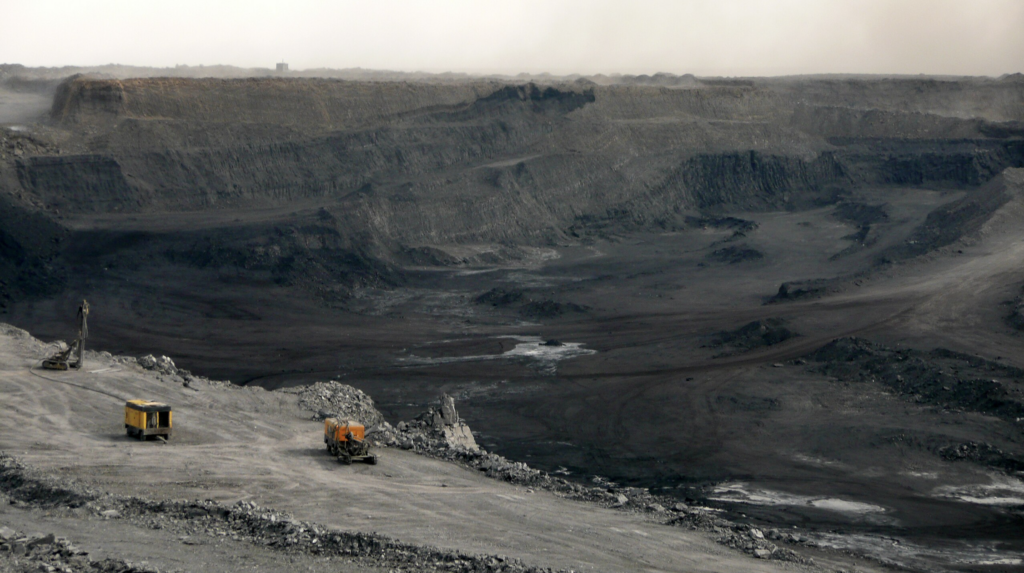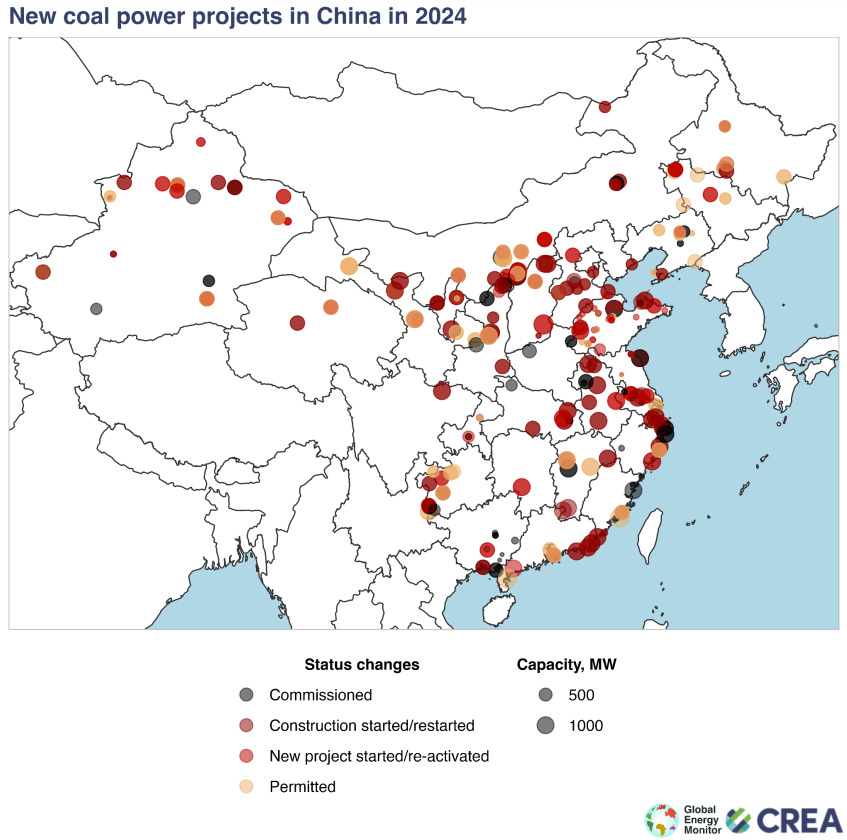China’s property market, a key driver of the country’s economic growth and commodity consumption, received yet another headwind with a Hong Kong court on Jan. 29 ordering debt-ridden property development giant, China Evergrande Group, to liquidate after failing to reach a restructuring deal with creditors.
The property sector accounts for a significant portion of China’s consumption of steel, aluminum, gasoil, copper, bitumen and some petrochemical products.
It remained unclear how the ruling would play out, as Hong Kong operates under a legal system that is separate from China, while most of Evergrande’s assets are in China. Meanwhile, the vast majority of the Evergrande creditors are also domestic.
Market participants believe that while Evergrande’s liquidation is likely to be a lengthy process fraught with uncertainties, the Chinese government will ensure the delivery of pre-sold homes to prevent a snowball effect on other developers and the economy, and this will bode well for commodities demand.
“Evergrande needs to deliver hundreds of thousands of presold homes to its customers in mainland China. Authorities have prioritized this target and won’t likely let a liquidation stall project construction,” S&P Global Ratings said in a report.
Despite the silver lining, there is no doubt that Evergrande’s liquidation impacts confidence and the beleaguered property sector will extend a long-run drag on the country’s commodities demand.
Infrastructure
The property sector accounted for around 30.8% of China’s steel consumption in 2023 at 280 million mt, down from about 36.2% in 2020, S&P Global Commodity Insights data showed. The property sector’s steel demand is seen at 268 million mt in 2024, accounting for 29.5% of total consumption.
Property is China’s largest aluminum consumer, accounting for about 30% of total demand, according to market sources.
Copper demand from construction and home appliance sectors makes up more than 20% of the country’s total demand, market sources said.
Property and infrastructure account for 30% of China’s gasoil demand of around 3.75 million b/d, according to sources. The refined product is not only directly burnt as construction machinery fuel but also used as transportation fuel to ship machinery and materials, such as rebar, cement and wood.
Property and infrastructure construction account for about 35% of China’s chemical product consumption, according to market sources. Various petrochemical products are consumed in different stages from construction to renovation or fittings in a new home. According to local information provider Sublime China Information, 60% of China’s PVC is consumed in property construction.
The property sector indirectly impacts natural gas demand, which is burnt in boilers to produce construction materials such as glass and ceramic tiles. Boilers account for a majority of industrial gas demand, which in turn makes up about 39% of China’s total gas demand, according to analysts.
Property and infrastructure account for 100% of bitumen demand in China, S&P Global data showed.
Trade flows
Amid subdued domestic steel demand, China’s finished steel exports in 2023 reached a seven-year high of 90.264 million mt, up 36.2% on the year, while imports fell to the lowest level since 1995 at 7.645 million mt, down 27.6% on the year, the customs data showed.
Steel exports are likely to remain strong and imports to stay low in 2024, amid high steel production, stagnant domestic demand, and resilient steel consumption in emerging economies, according to market sources. Steel exports may likely drop to around 82 million mt in 2024, but if the steel market dynamics seen in 2023 persist into 2024, it could be higher, S&P Global analysts reckoned.
China’s primary aluminum imports surged 130% to 1.54 million mt in 2023, according to customs data, but sources said this was due to tight domestic supply owing to power production issues. Aluminum demand from the property sector could decline in 2024 due to a drop in completed floor space, as new home starts and home sales eased in the last three years, market sources said.
China’s refined copper imports totaled 3.74 million mt in 2023, down 3.8% from a year ago, based on the customs data. Copper demand improvement from China’s real estate sector is expected to be minimal in 2024, according to S&P Global’s Copper Commodity Briefing report released in January. China was the top contributor to global copper demand in 2023, led by strong consumption in the green energy sector, according to the report. Led by a robust solar power intake, China’s refined copper demand is expected to grow further from a previous forecast of 4.7% on the year, equivalent to 643,000 mt of copper, according to Ruilin Wang, senior analyst with S&P Global.
S&P Global has cut the country’s gasoil demand to 3.83 million b/d in 2024 from the previous forecast of 3.87 million b/d in July 2023. It has also reduced the 2024 bitumen demand to 463,000 b/d from the previous projection of 487,000 b/d made in July 2023. Analysts expect China’s petrochemical demand to only rebound in 2027 or later due to a gloomy property market.
Prices
Rebar is a leading indicator of the construction steel sector, with over 50% of rebar consumed by the property sector, market sources estimated. The Platts-assessed Chinese domestic rebar prices averaged Yuan 3,945/mt ($549/mt) in 2023, down 11.2% from the average in 2022, S&P Global data showed.
Hot rolled coil is mainly consumed by manufacturers, but the property sector slowdown has weakened demand for engineering machinery, and also crimped China’s overall consumer spending. The average domestic HRC price in 2023 fell 9.4% on the year to Yuan 4,006/mt, S&P Global data showed.
The most-active aluminum contract on the Shanghai Futures Exchange averaged Yuan 18,620/mt in 2023, down 6.5% from a year earlier, exchange data showed.
The most-active copper contract on the SHFE averaged Yuan 68,026/mt in 2023, up 1.7% from a year earlier, the data showed.
PVC prices have been on a downtrend since October 2021, in line with the slowing property market. The CFR China price for suspension grade PVC dropped 56% to $765/mt in the week ended Jan. 24 from a peak of $1,750/mt Oct. 20, 2021, S&P Global data showed.








